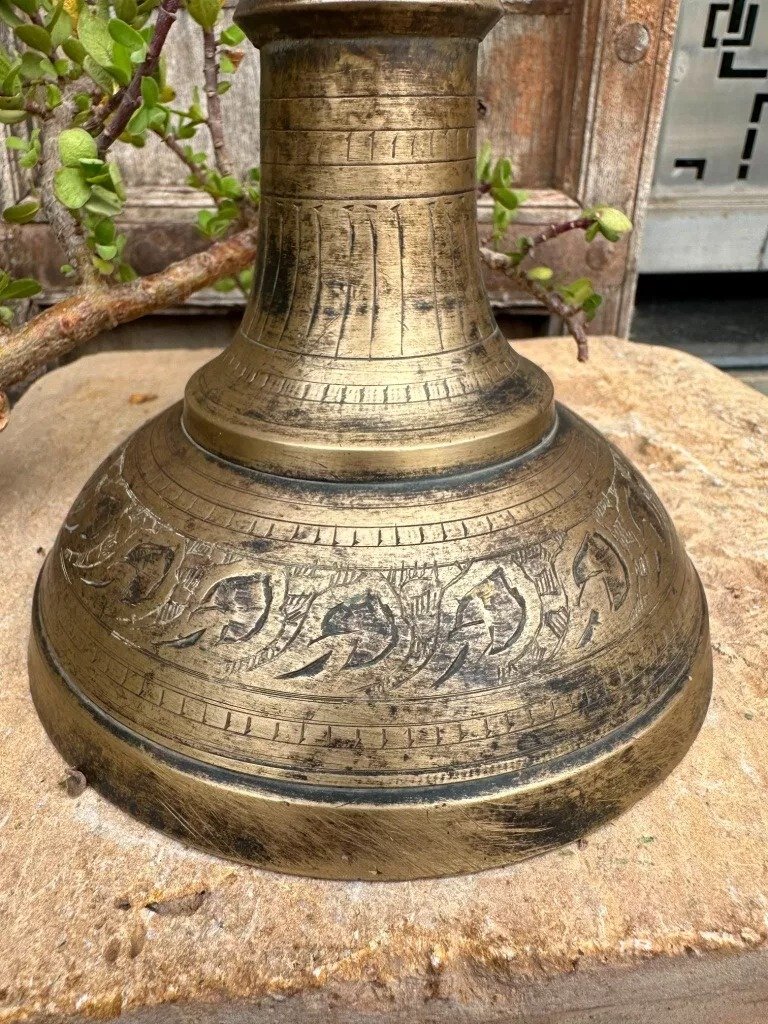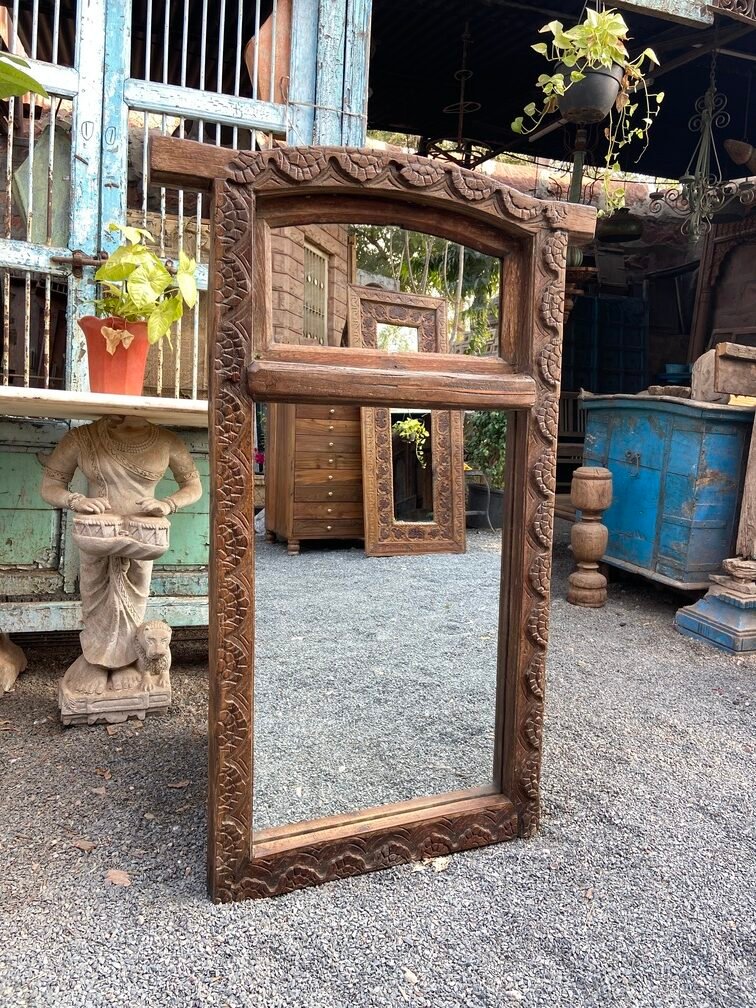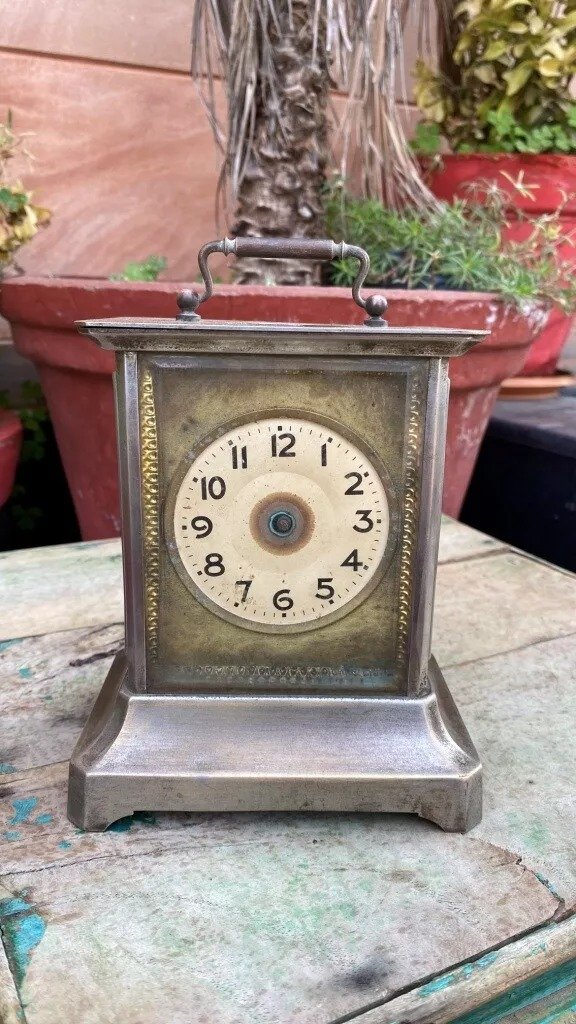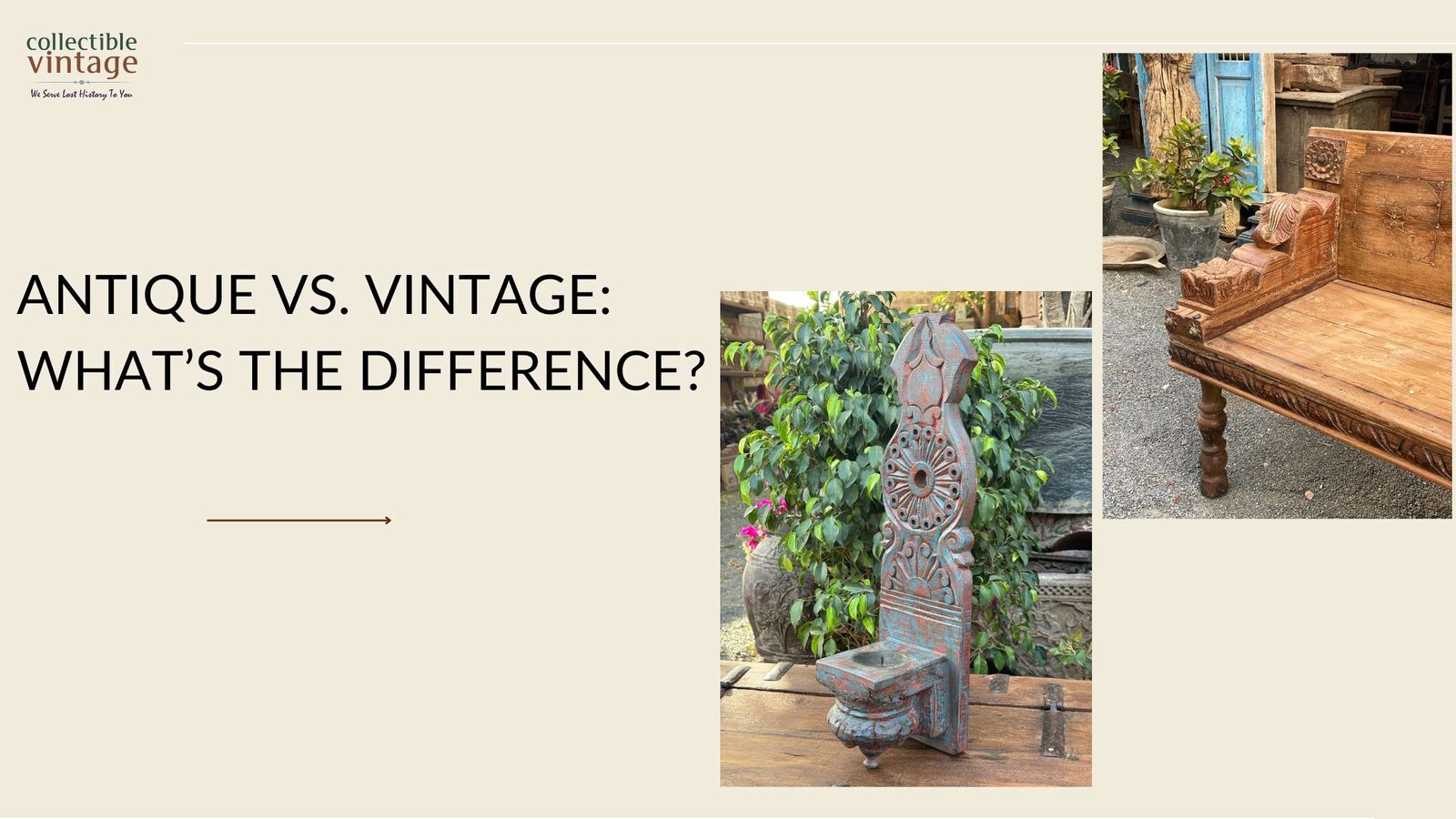A: Retro refers to modern items made in the style of a previous era. For example, a newly made lamp that mimics 70s design is retro—not vintage or antique.
Introduction: A Journey Through Time
When diving into the world of timeless design, unique décor, and collectible treasures, two words often get tossed around interchangeably—antique and vintage. Though they may seem similar, these terms have distinct meanings that every enthusiast, interior stylist, or collector should understand.
If you’re browsing through antique items for sale, vintage collectibles, or trying to decorate your space with character-rich pieces, knowing the difference between antique and vintage can help you make more informed, valuable purchases. So, let’s explore what truly sets these two categories apart, how to identify them, and what makes each so special.
What is an Antique?
The term “antique” refers to any item that is at least 100 years old. This is the globally accepted standard among collectors, appraisers, and auction houses. Antiques are more than just old objects—they carry significant historical, cultural, or artistic value. These pieces were typically handcrafted, made from high-quality materials like solid wood, brass, bronze, or porcelain, and built to last.
For example, a 19th-century brass carriage clock, a Victorian-era writing desk, or an ornate French mirror would be considered true antiques.

Key Characteristics of Antiques:
Age: 100 years or older
Craftsmanship: Often handmade with detailed artistry
Materials: Premium materials like teak, mahogany, brass, and marble
Value: Generally holds or appreciates in value over time
Examples: Colonial furniture, antique wall clocks with pendulums, old oil paintings, and porcelain figurines
Antiques are often passed down as heirlooms and are considered investments due to their rarity, condition, and provenance.
What is Vintage?
The word “vintage” typically describes items that are at least 20 years old but less than 100 years. While they may not be as old as antiques, vintage items still offer a nostalgic charm, especially when they reflect a specific era’s aesthetic—such as the Art Deco of the 1920s, Mid-Century Modern of the 1950s, or the retro styles of the 70s and 80s.
Vintage items can be mass-produced or handcrafted, and their value often lies in their design, era-specific features, or cultural significance.

Key Characteristics of Vintage Items:
Age: 20 to 99 years old
Era Influence: Often reflects styles from a particular period
Materials: May vary—can include wood, vinyl, chrome, plastic, or glass
Collectibility: Popular among fashion, décor, and design lovers
Examples: Vintage cameras, radios, furniture from the 60s, typewriters, and old signage
Vintage décor brings character and a curated feel to spaces without the often higher investment of antiques.
Antique vs. Vintage: Quick Comparison
| Feature | Antique | Vintage |
|---|---|---|
| Age | 100+ years old | 20–99 years old |
| Value | Often higher and collectible | Depends on era and demand |
| Craftsmanship | Typically handmade | Handmade or mass-produced |
| Examples | Victorian furniture, pendulum clocks | Mid-century furniture, 80s posters |
| Use in Décor | Formal, classic, historic | Nostalgic, playful, versatile |

Why It Matters: Knowing the Difference Helps You Shop Smarter
Understanding the difference between antique and vintage is essential, especially if you’re buying items online or from curated platforms like Collectible Vintage.
For instance, if you’re seeking antique decorative items online in India, such as a hand-carved antique table and chairs, you’ll want to ensure the pieces are truly antique and not just vintage-inspired. On the other hand, if you’re curating a retro-themed living room, a vintage wall clock or 1970s vinyl player might be just what you need.
Knowing the terminology ensures you’re:
Paying a fair price
Buying from trustworthy sellers
Investing in quality and historical significance
Can Something Be Both Antique and Vintage?
Technically, no. If a piece is 100 years old, it is an antique—not vintage. However, there is often some overlap in everyday conversations, where people might refer to something from the 1920s as “vintage,” even though it qualifies as antique. The key is to focus on age and context when categorizing or searching for items.
How to Identify True Antiques and Vintage Items
Antique clocks go far beyond function. They carry emotional weight, historical value, and an undeniable charm that modern digital clocks simply can’t replicate. Here’s why these vintage timekeepers remain so desirable:
1. Research the Era
Familiarize yourself with design styles and materials used in different periods. For example, curved lines and dark wood may point to Victorian design, while bright colors and plastics are common in 70s vintage.
2. Examine the Craftsmanship
Antiques are often handcrafted, with dovetail joints, hand-carved details, and signs of wear consistent with age. Vintage items may show wear but often include modern manufacturing elements.
3. Look for Maker’s Marks or Labels
Many antique and vintage items have labels, stamps, or maker’s marks that help date and identify the item’s origin.
4. Consult Experts or Trusted Sellers
When in doubt, consult with reputable dealers or platforms. At Collectible Vintage, all items are carefully evaluated for authenticity, and details are transparently shared.
Decorating Tips: Blending Antique and Vintage
You don’t have to choose one over the other—antique and vintage items can beautifully coexist. The key is balance. Try mixing a vintage armchair with an antique writing desk, or pair a vintage rug with an antique mirror. Layering eras creates a lived-in, personalized space that tells a story.
Use antique pieces to ground your room with timeless elegance, and layer in vintage touches for warmth and personality.
FAQs: Antique vs. Vintage
1. Can I mix antique and vintage in one room?
A: Absolutely! Mixing both can add depth and texture to your space. The contrast between the refined craftsmanship of antiques and the playful nature of vintage items creates a dynamic and stylish home.
2. Are vintage items less valuable than antiques?
A: Not necessarily. Some vintage items are highly collectible and can be more valuable than certain antiques. It depends on rarity, demand, condition, and provenance.
3. How can I verify the age of an item I bought online?
A: Ask the seller for provenance, photographs of maker’s marks, or documentation. Reputable platforms like Collectible Vintage provide detailed descriptions and authentic product listings.
4. Do vintage and antique items require special care?
A: Yes. Both categories benefit from gentle cleaning, proper storage, and protection from sunlight, humidity, and pests. Antiques, especially, should be preserved with care to retain their value.
5. Is vintage furniture durable?
A: Much of it is. Mid-century and early 20th-century furniture was often built with solid wood and quality materials, making many vintage pieces as sturdy as newer ones—if not more.
6. What is retro, and how is it different from vintage?
Conclusion: Know What You’re Buying, Love What You Own
Whether your heart leans toward the grace of an antique wall clock with pendulum, or the fun flair of a vintage armchair, knowing the difference between antique and vintage empowers you to buy with confidence and decorate with purpose.
Each piece—whether antique or vintage—brings its own charm, story, and sense of individuality. Embrace the history, respect the craftsmanship, and create a space that feels timeless.
For genuine antique vintage items for sale, including antique decorative items online in India, explore our handpicked collections at Collectible Vintage.
Let your space speak of the past—beautifully.

